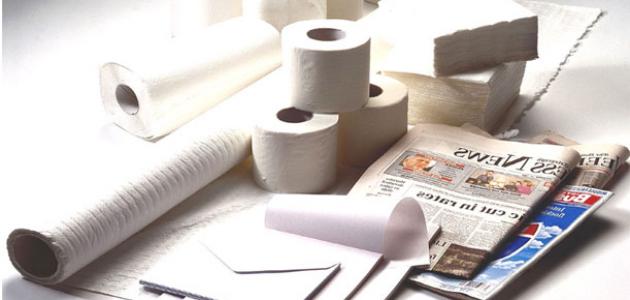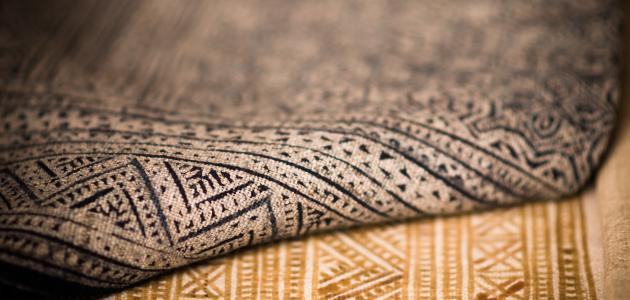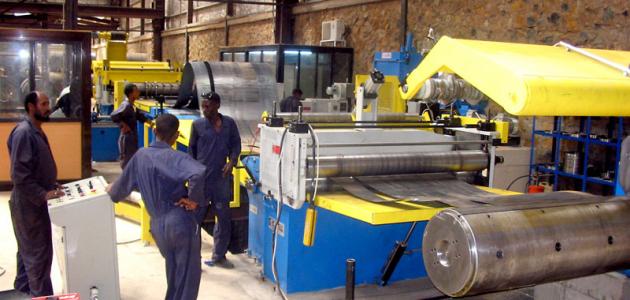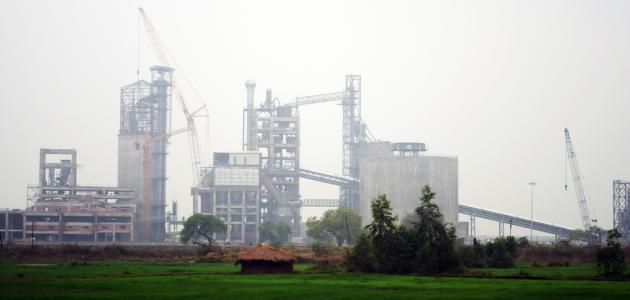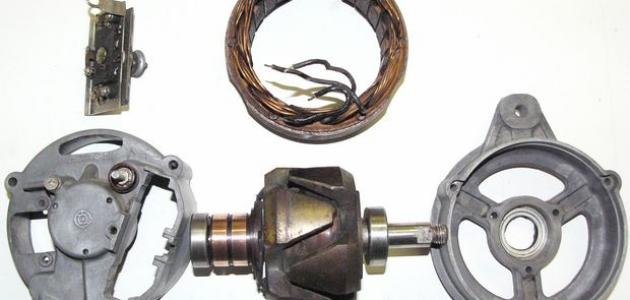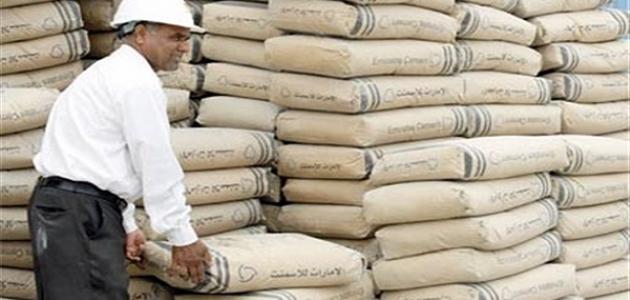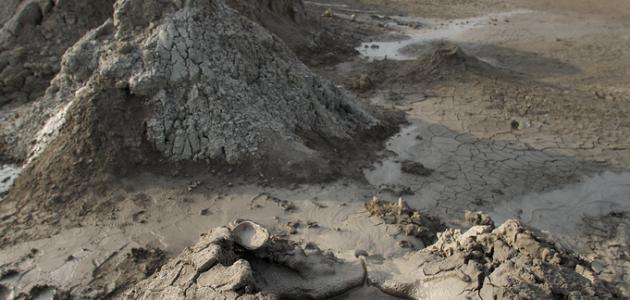Paper source
The process of making paper depends on tree wood, which consists of wood pulp, filler, water, in addition to chemicals. These materials are mixed with each other according to a different method for each type of paper, to ensure the production of paper with the desired characteristics. The pulp also consists of Cellulose fibers that usually come from wood pulp, which comes from tree wood, and the most common types of wood for extracting pulp are: aspen, eucalyptus, tamulus, pine, and fir. Different types of wood are used, because the properties of the fibers of each type differ. For example, hardwood fibers produce shorter, opaque leaves, while fibers from softwood trees produce longer and stronger leaves.
As for the filler, its mission is to fill the gaps in the complex fiber network, so the paper that contains the filler is lighter in weight, and is characterized by better formation, greater transparency, and a smoother, more flexible surface, which adds to it better properties for printing and writing with ink. Necessary for paper, in order to ensure that the final product has the desired properties, such as additional strength, better water resistance, and suitable color. Paper also contains some moisture in the form of water, which usually ranges between 3.5 and 6.5%, and the level of moisture depends on the application and printing process that will be used. It has paper.
Read also:How to make a batteryStages of paper making
Pulp making
The wood is first cut into barrels to remove the bark, then sent to mills that break the wood into pulp by pressing it between huge rotating plates. The pulp is then filtered to remove foreign objects from it, and wood chips taken from barkless tree trunks are cooked in a solution. Chemically, in huge basins called boilers, then these chips are boiled at high pressure in a solution of sodium hydroxide and sodium sulfide, so the wood chips dissolve to form the pulp that is sent through the filters. Bleach or coloring can be added at this stage, then the pulp is sent to Paper factory.
Knocking
The pulp then passes through a crushing and compression process called hammering, where it is exposed inside a large basin to the impact of the hammering machine. At this stage, various filler materials, such as chalk, clay, or chemicals such as titanium oxide, can be added to the pulp, as these additions will affect the property of Opacity, and other final qualities of the product. Glue is also added at this stage, affecting the way the paper interacts with different inks, so that the paper is not very absorbent in most uses, as the glue makes the paper like powdered starch, that is, resistant to water-based ink.
Converting pulp into paper
The pulp is transferred to huge machines such as the Fourdrinier Machine, which was invented in England in 1807 AD, on a moving belt, which helps sift the pulp that has been compressed through a series of rollers, while the suction devices located below the belt help to suck water from the pulp. If a watermark is to be printed on the paper, then a device called a dandy moves across the core paper, prints the design on it, and then moves to the printing section of the machine, where it is pressed between wool felt rollers, and then the paper passes over a series of Steam heated cylinders to remove residual water from them.
Read also:Glass industryCompletion stage
The dried paper is wrapped around large rollers, processed again depending on the purpose of its use, then the paper is polished and pressed further, by passing it through metal rollers called calendars, which add the final touches to the paper, such as: smoothness, or Hardness, or gloss. The process is completed by passing it through a barrel of adhesives, adding coating chemicals or pigments to the surface of the paper, which in turn improves the fillings and adhesive resulting from the previous processes.
Read also:What is laurel soap?Paper Industry
Papermaking is the process of making felted papers, usually made of cellulose fibres, by removing water by passing the pulp over a wire sieve. Paper is the basic material used for written communication and dissemination of information. Regular paper and cardboard provide the necessary materials for hundreds of other uses. Such as: packaging, packaging, drying, insulation, and photography.
